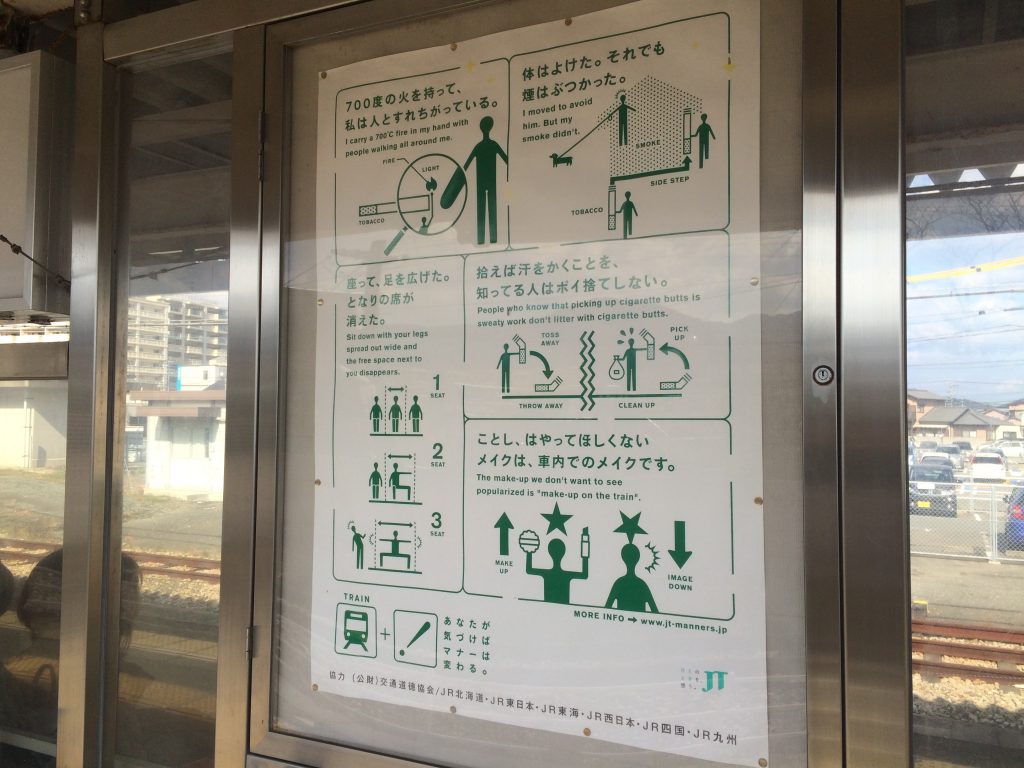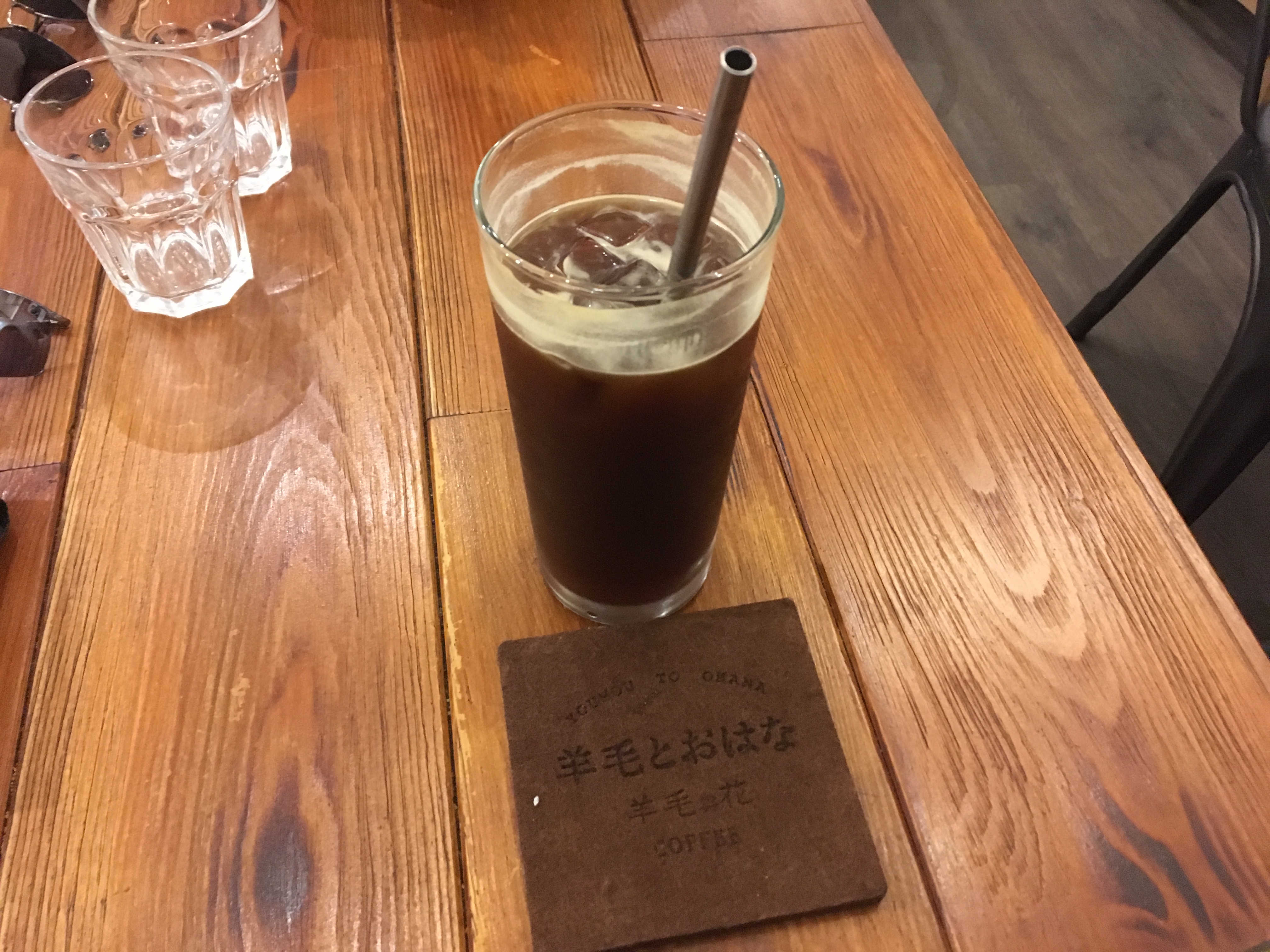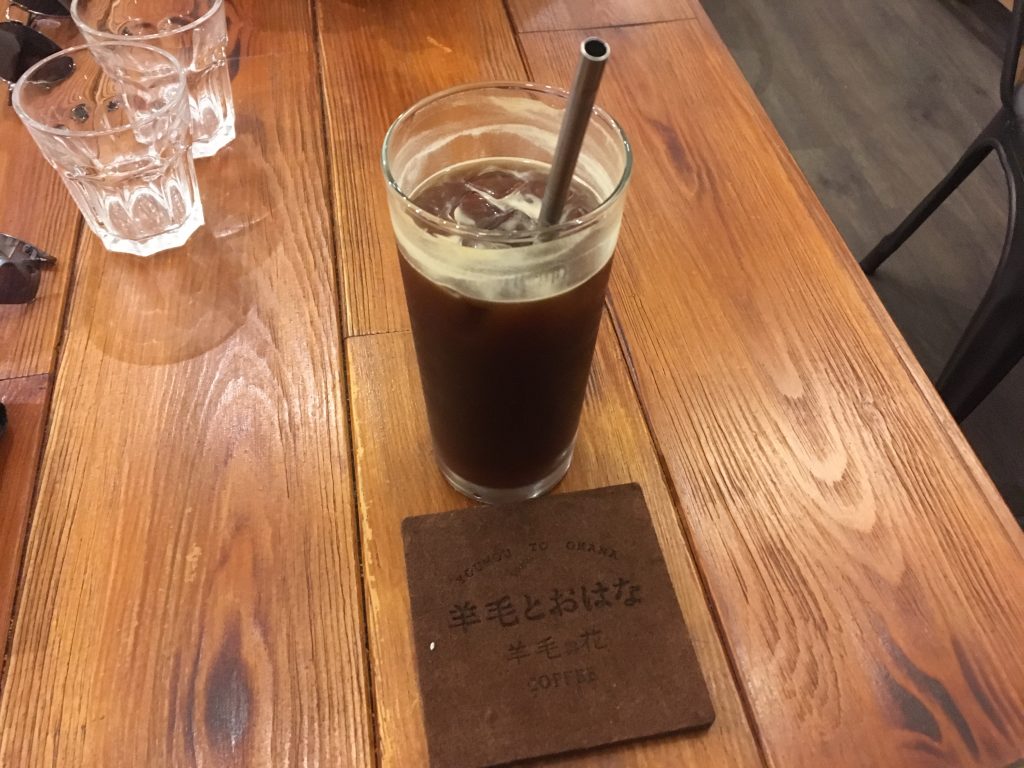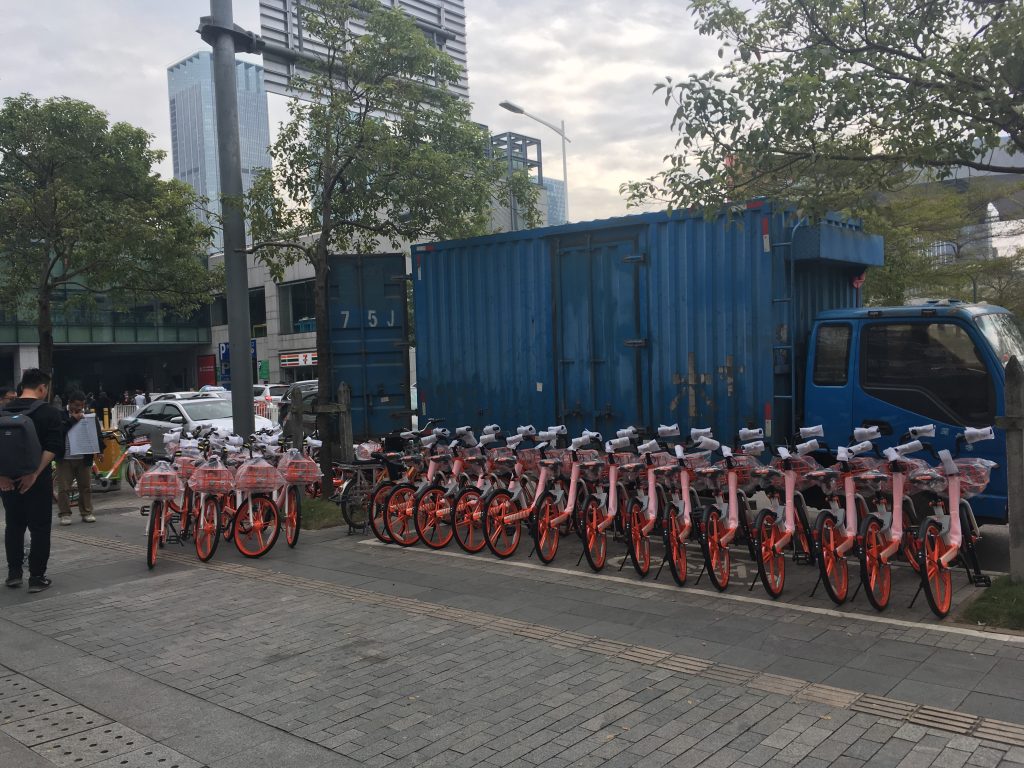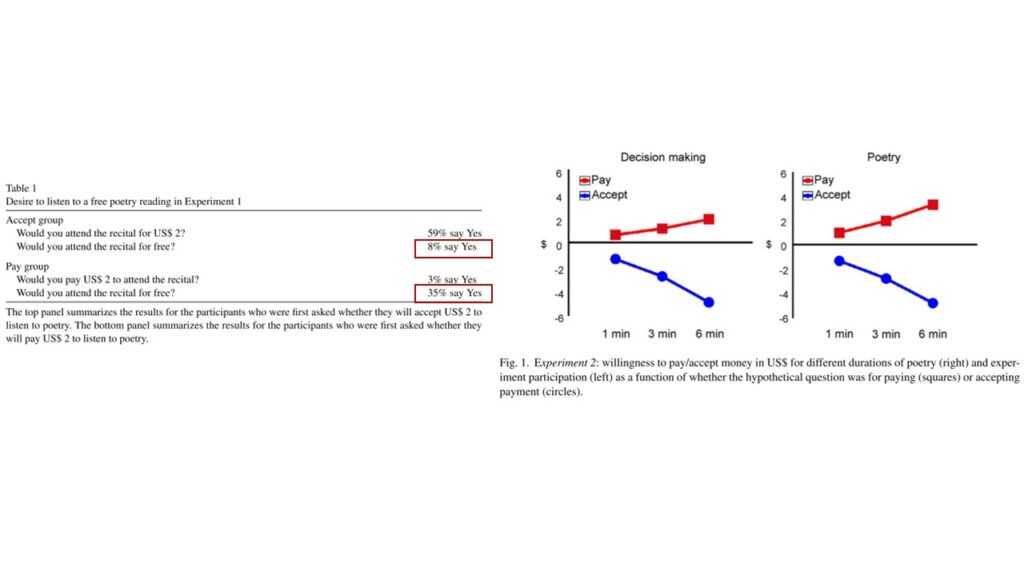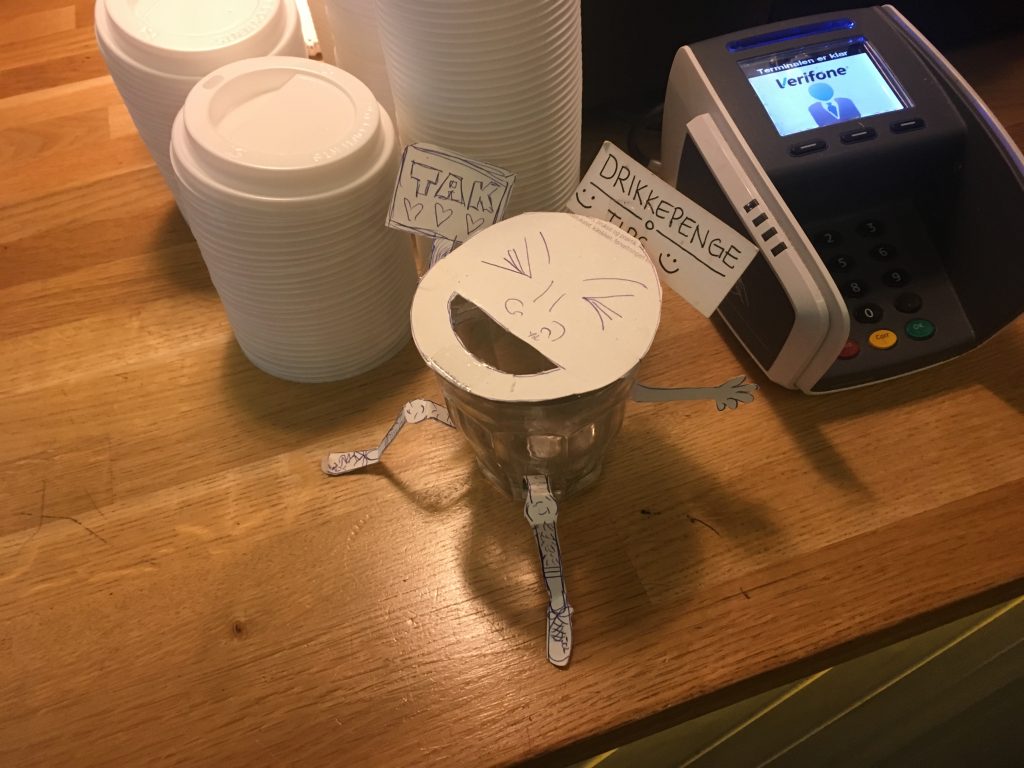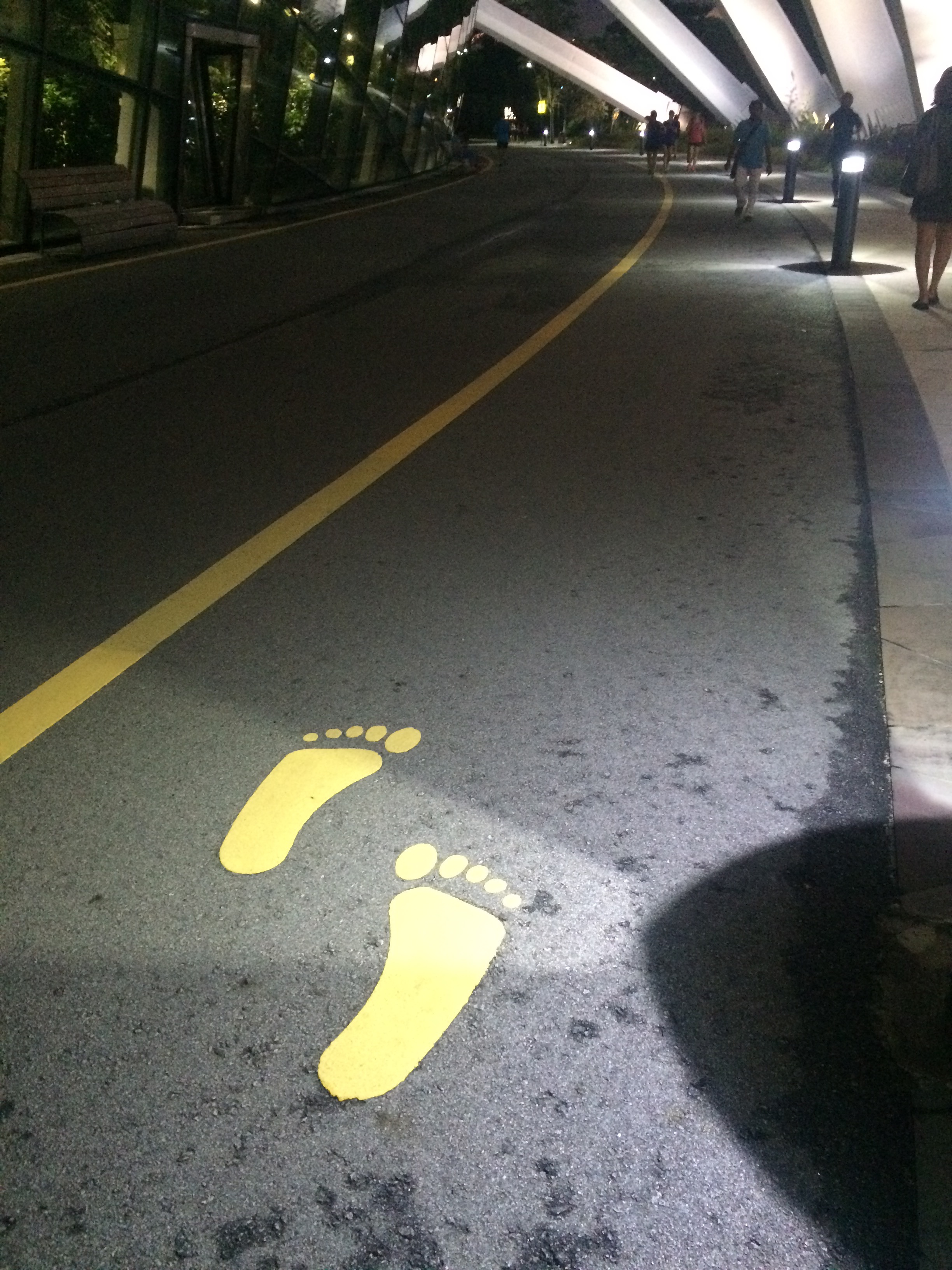I followed map in Prague, Czech Republic. I crossed a bridge (Legions’ Bridge), climbed up a tower (Petrin Tower), and drank beer at a local brewery (Strahov Monastery Brewery). However, I went to one place most tourists are not interested in. I visited a design exhibition held at a convention center (Výstaviště Praha Holešovice).

Professional designers opened their booths and invited visitors in the convention center. I listened to presentations, tested products, talked to designers, and bought a few items.
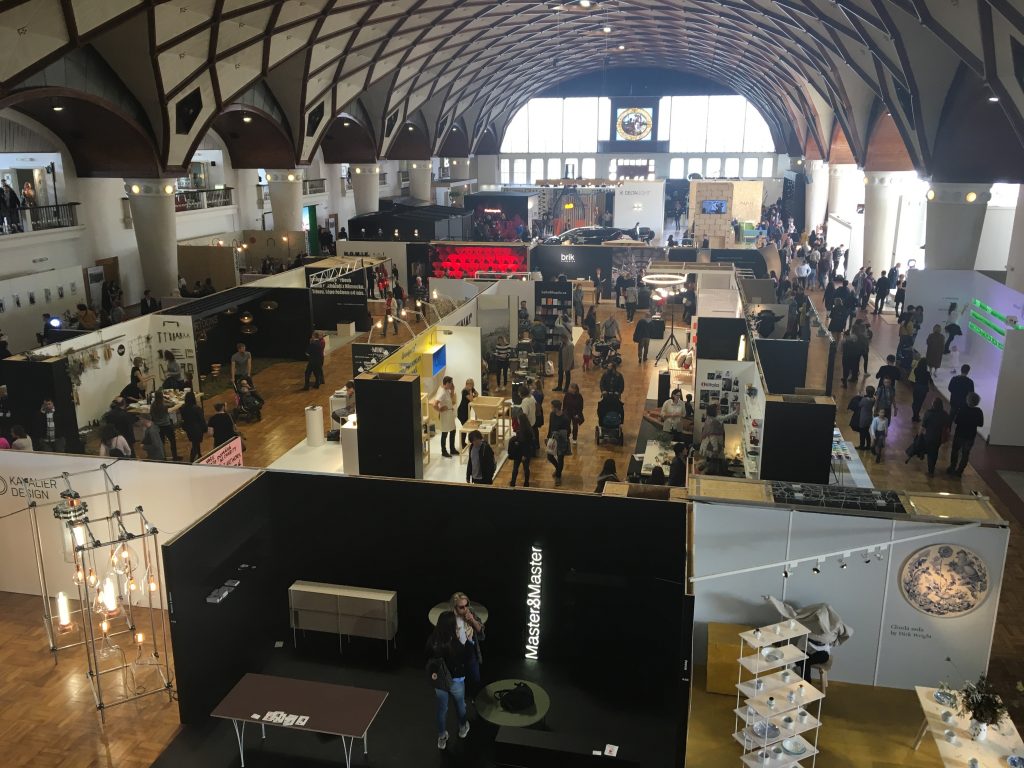
At one corner, I met 3D printers printing out chocolates. Although media says 3D food printers will change what we eat and I myself play with a 3D printer, this was the first time to see that food was actually printed out.



Afterwards, I became curious about this product and googled “Love Magenta.” I expected to find a person who loves the purplish red color and sell 3D food printers. Surprisingly, Love Magenta is the online store of the Deutsche Telekom. The website of “Love Magenta” says:
Magenta – so much more than just Deutsche Telekom’s corporate color, the most important element of our corporate identity.
But Magenta means even more to us: It represents our attitude towards life. Our employees show their pride in our brand with our everyday products. We showcase our favorite color perfectly in our online shop: sometimes bold, sometimes understated – but always stylish and up to date.
The shop offers a constantly changing range of high-quality products, including fashion, accessories, and gadgets. What these items have in common is the color Magenta, of course – and the love and attention dedicated to each detail. All products are designed and produced exclusively for our shop. This ensures the highest possible quality, and gives our designers complete freedom to create truly unique items. It’s never been easier for our employees and customers to express their love for Magenta in so much style.
Take a look – we’re sure you’ll find something you like.
Color is an effective marketing tool and some colors are stylish. Silver Bang & Olufsen speakers and white Balmuda toasters are eye catching. However, most success cases come from product manufacturers. How can service companies link themselves with stylish colors when they have no tangible, visible products? Deutsche Telekom gave an answer; Really New Products (RNPs) such as 3D food printers help service companies link their colors and styles. In the near future, other Really New Products such as wearable devices, voice recognition devices, or drones will be effective marketing tools for service companies to promote their own colors in stylish ways.


